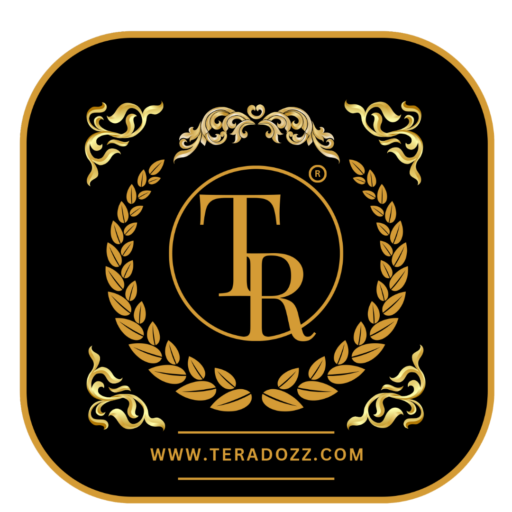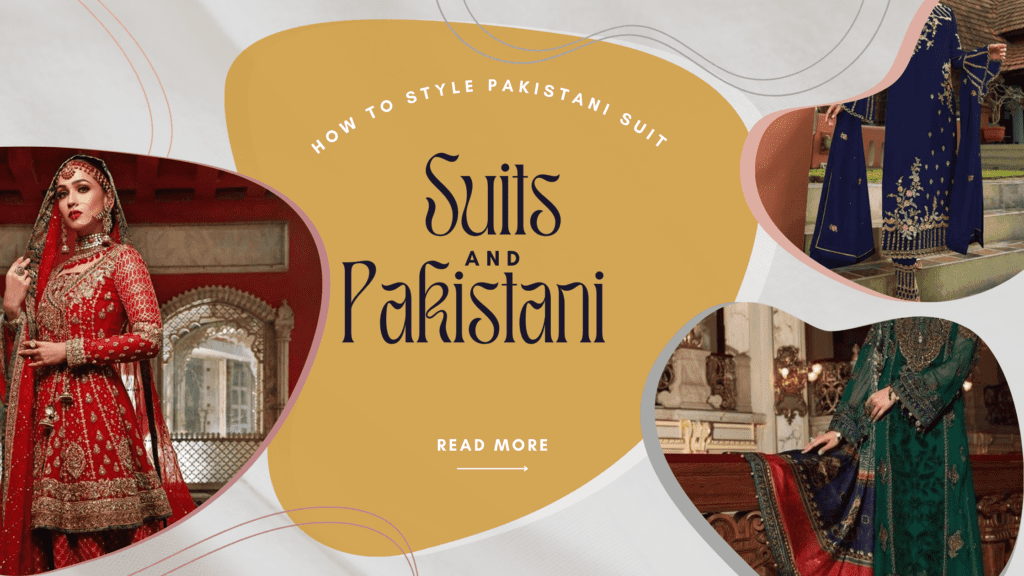Top 14 Point How to Style Pakistani Suit
Pakistani suits are an integral part of South Asian fashion and embody elegance, tradition and grace. Whether worn casually or for special occasions, Pakistani suits are popular among fashion lovers across the world due to their versatility. This comprehensive guide delves into the intricacies of Pakistani suit styling to help you create stunning looks for any event.
What is a Pakistani Suit?

Pakistani suit, also known as shalwar kameez, is a traditional costume worn by men and women in Pakistan and other South Asian countries. It consists of his three main components: kameez (tunic), salwar (loose trousers) and dupatta (shawl or cape).
Importance of Styling in Fashion
Styling plays a central role in the world of fashion. This allows individuals to express their individuality, culture and creativity through their clothing choices. Mastering these styling tips will elevate any outfit to the next level and make a lasting impression.
Purpose of the Article
The purpose of this article is to provide you with a comprehensive guide on how to style a Pakistani suit. From fabric selection to functionality, we cover every aspect to help you create stunning looks with ease.
Understanding Pakistani Suit
Origin and History
Pakistani suits have a rich cultural heritage dating back centuries. Its origins date back to the Mughal era, and it developed under the influence of Persia and Central Asia. Over time, it became a symbol of cultural identity and traditional craftsmanship.
Components of a Pakistani Suit

The Pakistani suit comprises three main components:
- Kameez: The tunic or top worn over the salwar.
- Salwar: Loose-fitting trousers that are tapered at the ankles.
- Dupatta: A long scarf or shawl worn with the kameez.
Different Types of Pakistani Suits
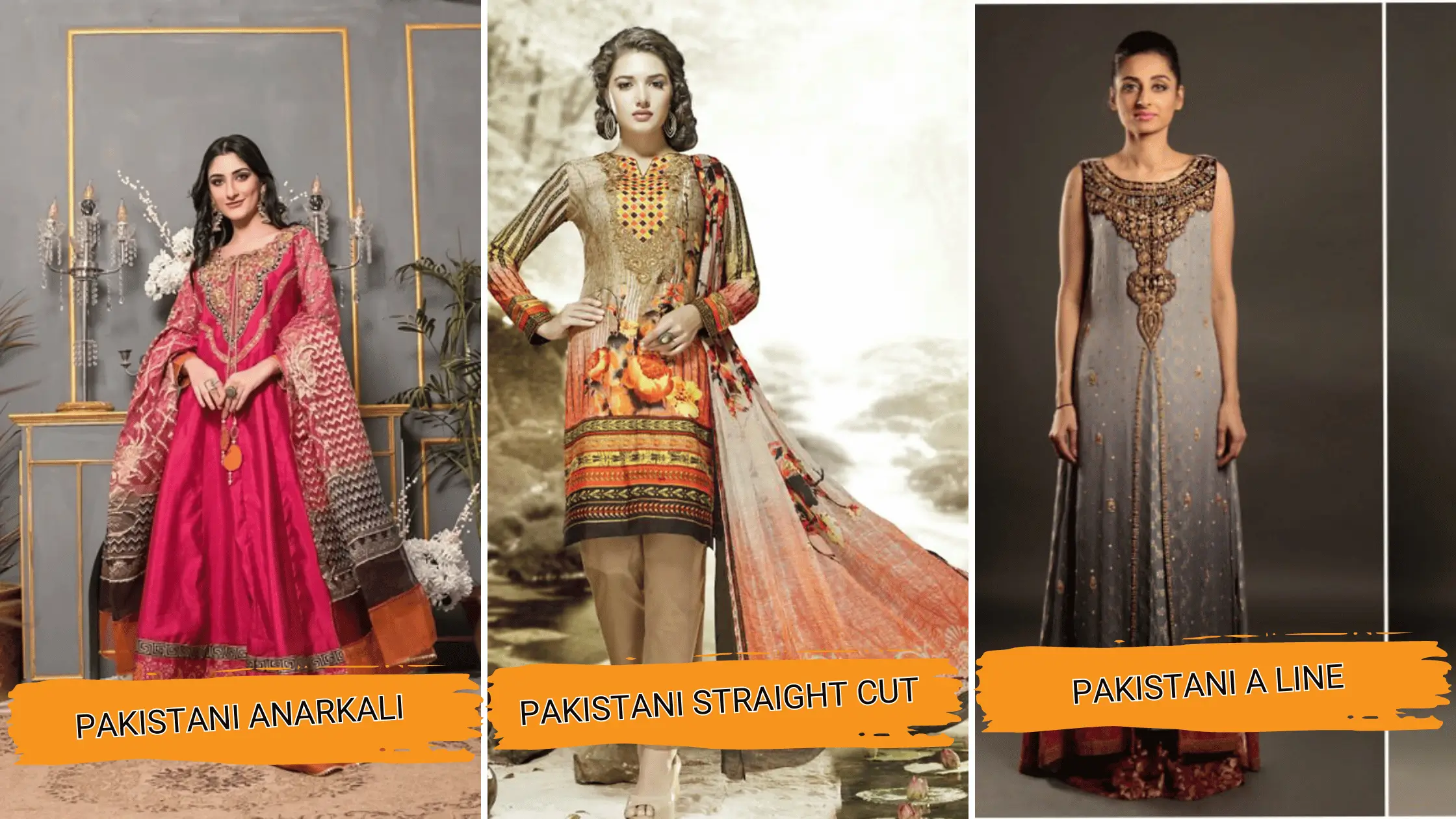
Pakistani suits come in a variety of styles and silhouettes to suit different tastes and occasions. Commonly used types are:
- Anarkali: Characterized by a long, flowing silhouette with a fitted bodice and flared skirt.
- Straight Cut: A classic silhouette with a straight-cut kameez and matching salwar.
- A-line: Flattering for all body types, with a fitted bodice that gradually flares out from the waistline.
Choosing the Right Fabric
Importance of Fabric in Pakistani Suits
The choice of fabric can significantly impact the overall look and feel of a Pakistani suit. It affects comfort, drape, and suitability for different occasions.
Popular Fabric Choices

- Cotton: Ideal for everyday wear, cotton Pakistani suits are breathable and comfortable, making them perfect for hot climates.
- Silk: Luxurious and elegant, silk Pakistani suits are often reserved for formal occasions and celebrations.
- Chiffon: Lightweight and sheer, chiffon Pakistani suits exude sophistication and grace, making them ideal for evening events.
Factors to Consider While Selecting Fabric
When choosing fabric for your Pakistani suit, consider factors such as:
- Weather: Opt for breathable fabrics like cotton for hot climates and heavier fabrics like silk for cooler temperatures.
- Occasion: Select fabrics that are appropriate for the event or occasion you’ll be attending.
- Personal Preference: Choose fabrics that align with your comfort level and style preferences.
Selecting the Perfect Fit
Importance of Fit in Styling
The fit of a Pakistani suit can make or break your overall look. A well-fitted outfit enhances your silhouette and boosts confidence.
Measurements to Consider
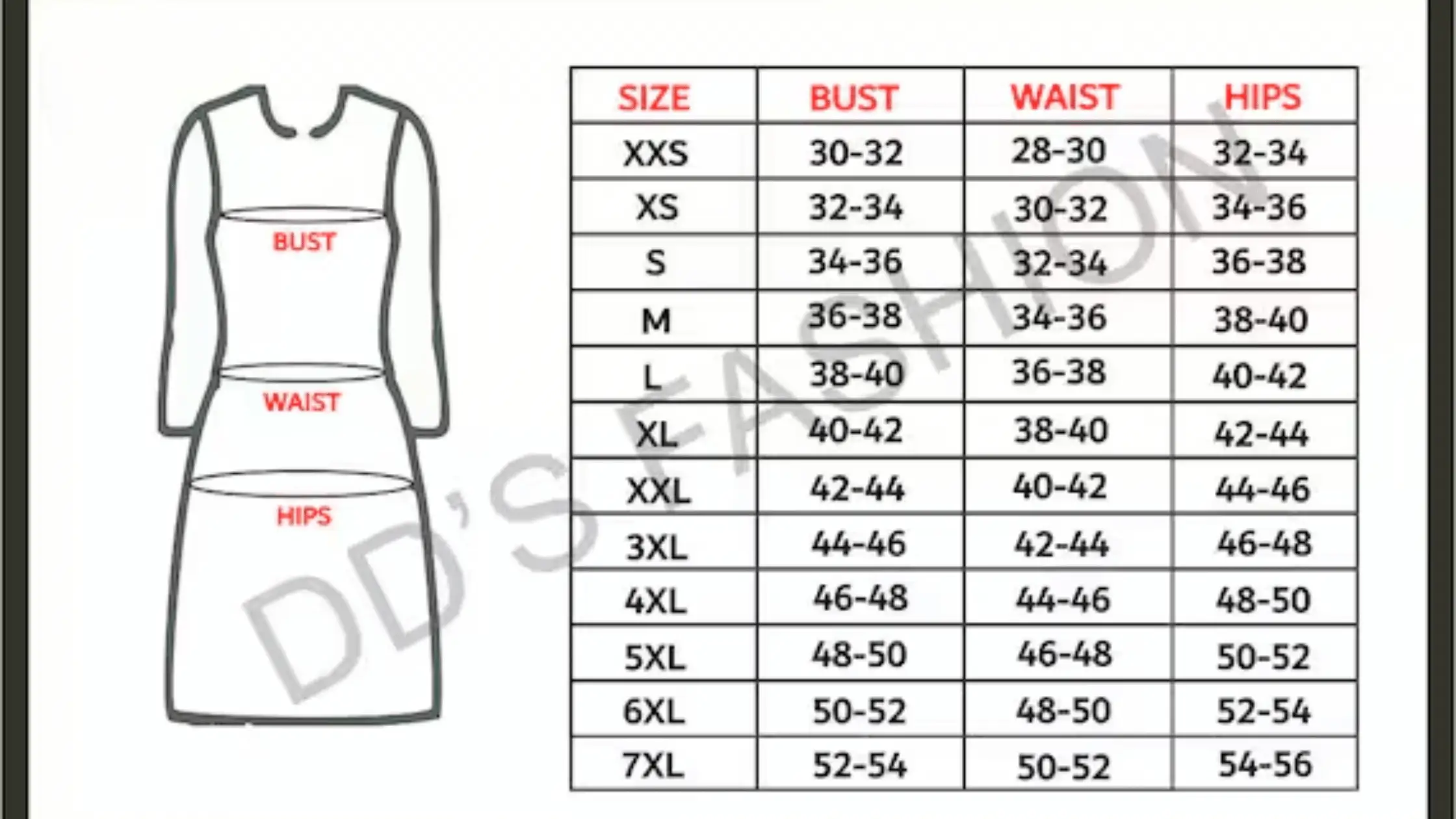
When selecting a Pakistani suit, pay attention to the following measurements:
- Length of Kameez: Ensure that the kameez falls at a flattering length, typically mid-thigh to knee-length.
- Fitting of Salwar: Opt for a salwar that provides comfort and ease of movement without being too loose or too tight.
- Length of Dupatta: Choose a dupatta length that allows for graceful draping without overwhelming your frame.
Customization Options
Many designers offer customization options for Pakistani suits, allowing you to tailor the fit according to your body measurements and preferences.
Exploring Colors and Patterns
Impact of Colors and Patterns
Colors and patterns play a crucial role in defining the aesthetic appeal of a Pakistani suit. They can evoke different emotions and set the tone for your outfit.
Traditional Color Choices

Traditional Pakistani suits often feature vibrant colors such as:
- Red: Symbolizing joy, celebration, and love, red is a popular choice for bridal and festive wear.
- Green: Representing growth, prosperity, and nature, green is often associated with vitality and freshness.
- Blue: Signifying tranquility and serenity, blue is a versatile color that complements various skin tones.
Modern Trends in Colors and Patterns
In recent years, there has been a resurgence of interest in contemporary color palettes and patterns. Pastel shades, floral prints, and geometric motifs are gaining popularity among fashion-forward individuals.
Mixing and Matching Colors and Patterns
Experiment with contrasting colors and bold patterns to create visually striking ensembles. Don’t be afraid to mix traditional and modern elements for a unique and eclectic look.
Embellishments and Embroidery
Significance of Embellishments
Embellishments play a crucial role in enhancing the beauty and elegance of Pakistani suits. They add texture, depth, and visual interest to the fabric.
Common Types of Embroidery

Pakistani suits are renowned for their intricate embroidery work. Some common types of embroidery include:
- Zardozi: A traditional form of metal embroidery using gold or silver threads.
- Resham: Silk thread embroidery that creates delicate floral motifs and patterns.
- Sequins: Small, shiny discs that are sewn onto the fabric to add sparkle and glamour.
Placement of Embellishments
The placement of embellishments varies depending on the occasion and personal preference. While bridal suits may feature elaborate embellishments on the entire ensemble, casual wear suits may have subtle embroidery on the neckline or sleeves.
Styling the Kameez
Different Necklines and Sleeve Styles
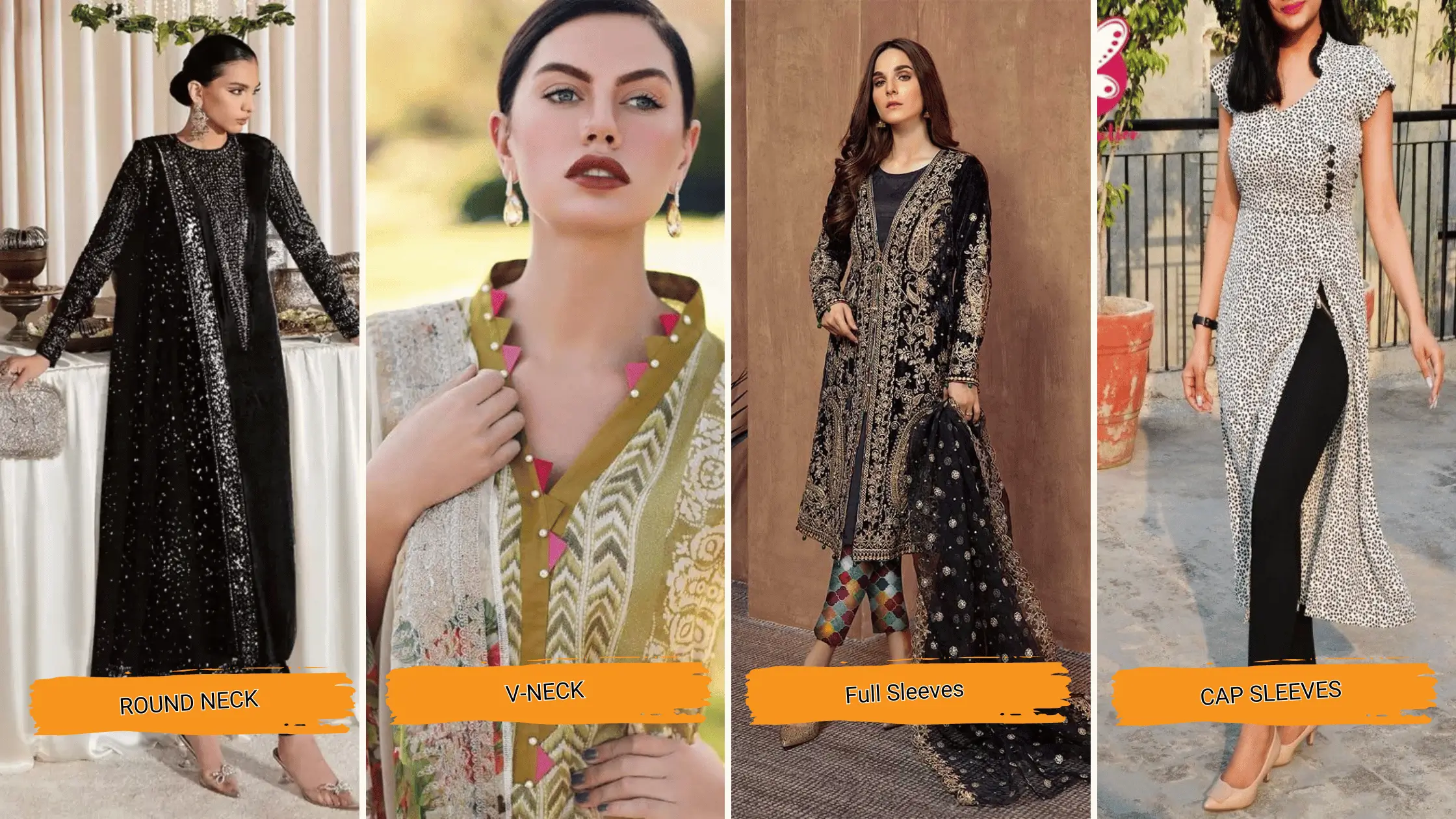
The neckline and sleeve style of a kameez can dramatically alter its appearance. Consider the following options:
- Round Neck: A classic neckline that suits all body types.
- V-neck: Flattering for petite frames and elongating for shorter necks.
- Full Sleeves: Provides coverage and warmth, ideal for cooler weather.
- Cap Sleeves: Adds a feminine touch and highlights the shoulders.
Choosing the Right Neckline for Body Type
Select a neckline that complements your body type and enhances your features. For example, a sweetheart neckline can accentuate the bust, while a boat neck can elongate the neckline.
Sleeve Lengths and Styles
Experiment with different sleeve lengths and styles to achieve your desired look. From sleeveless to bell sleeves, there are plenty of options to suit every preference.
Hemline Variations
The hemline of the kameez can vary from straight to asymmetrical, adding visual interest to the outfit. Choose a hemline that flatters your body shape and accentuates your curves.
Styling the Salwar
Traditional Salwar Styles
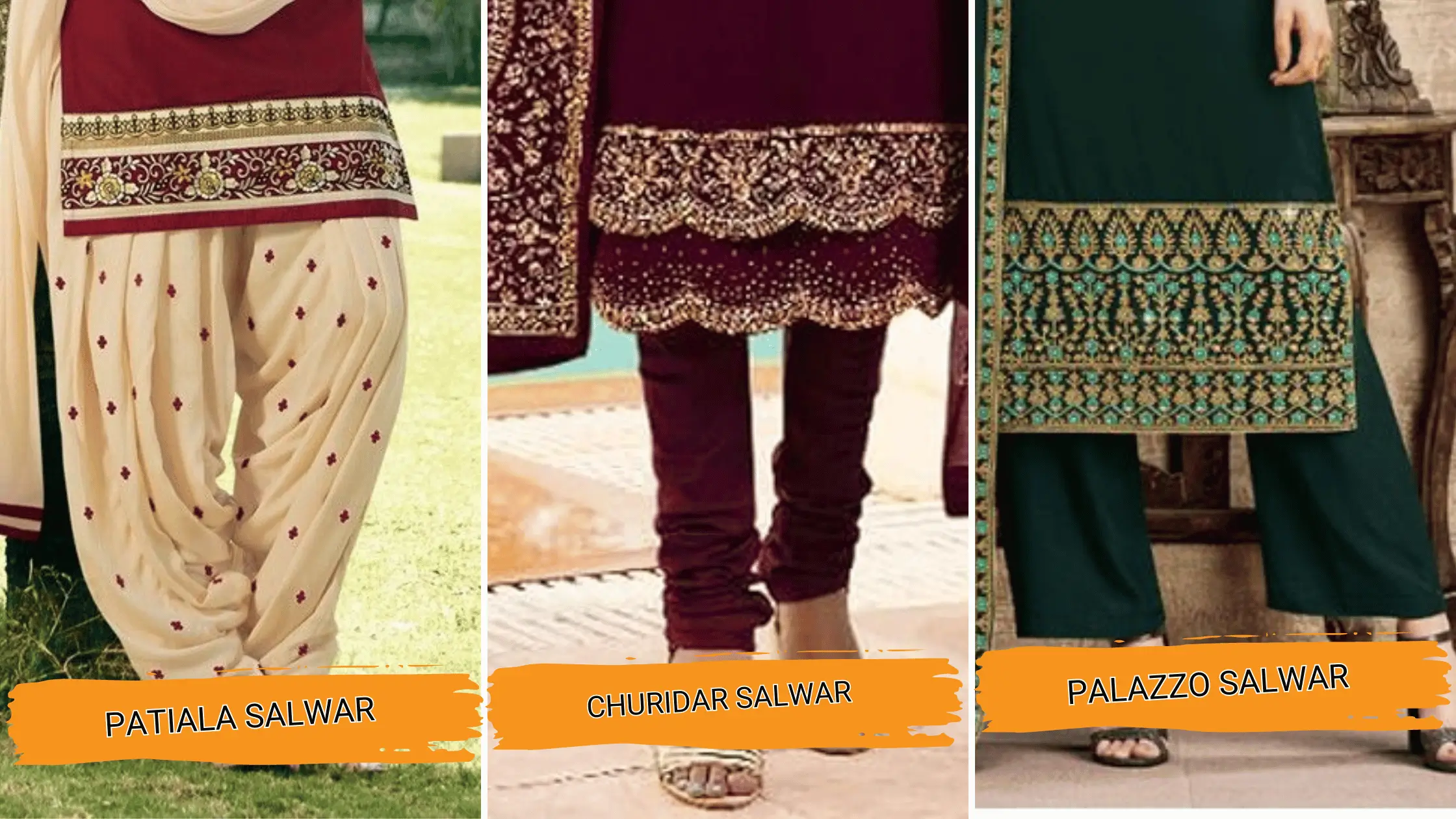
Traditional salwars come in various styles, including:
- Patiala Salwar: Characterized by multiple pleats and a billowing silhouette, ideal for festive occasions.
- Churidar Salwar: Fitted from the waist to the knees and tapered at the ankles, perfect for a sleek and elegant look.
- Palazzo Salwar: Wide-legged trousers that offer comfort and ease of movement, suitable for both casual and formal wear.
Modern Variations
In addition to traditional styles, modern variations of salwars include cigarette pants, dhoti pants, and tulip pants. These contemporary designs add a trendy twist to traditional Pakistani suits.
Choosing the Right Salwar for Body Type
Select a salwar style that complements your body type and enhances your silhouette. For example, pear-shaped individuals may opt for a flared salwar to balance out their proportions, while apple-shaped individuals may prefer a straight-cut salwar for a streamlined look.
Styling Tips for Different Occasions
Consider the occasion and dress code when styling your salwar. For formal events, opt for embellished or embroidered salwars, while for casual outings, choose lightweight and comfortable fabrics.
Draping the Dupatta
Traditional Dupatta Draping Styles

The dupatta is a versatile accessory that can be draped in various styles to complement your outfit. Some traditional draping styles include:
- Pleated Dupatta: Fold the dupatta into pleats and drape it over one shoulder for an elegant look.
- Pinned Dupatta: Secure the dupatta with a brooch or pin on one side for a modern and streamlined effect.
- Circular Dupatta: Wrap the dupatta around your neck like a scarf for a chic and contemporary look.
Modern Ways of Draping Dupatta
Experiment with innovative draping techniques to create unique and personalized looks. From draping the dupatta as a cape to styling it as a turban, the possibilities are endless.
Dupatta as an Accessory
In addition to its practical function, the dupatta also serves as a fashion accessory. Embellished dupattas with sequins, beads, or tassels can add glamour and sophistication to your outfit.
Dupatta Draping Hacks for Convenience and Style
To ensure that your dupatta stays in place throughout the day, use safety pins or fabric tape to secure it to your outfit. You can also opt for lightweight fabrics that are easy to drape and manage.
Accessorizing the Look
Importance of Accessories in Pakistani Fashion
Accessories play a crucial role in completing your Pakistani suit ensemble. They add polish, personality, and flair to your outfit.
Jewelry Options
When selecting jewelry for your Pakistani suit, consider factors such as the neckline and embellishments of your outfit. Statement earrings, jhumkas, and chokers are popular choices that complement the intricate detailing of Pakistani suits.
Footwear Choices
The right footwear can elevate your Pakistani suit ensemble and tie the whole look together. Opt for traditional options like khussa shoes or mojdis for a classic touch, or experiment with modern styles like block heels or embellished sandals for a contemporary vibe.
Handbag Selections
Choose a handbag that complements the color and style of your Pakistani suit. Clutches, potlis, and embellished purses are popular choices for formal occasions, while sling bags and tote bags are ideal for casual outings.
Hair and Makeup
Hairstyles Complementing Pakistani Suits

The hairstyle you choose can enhance the overall look of your Pakistani suit. Consider the following options:
- Loose Waves: Soft, tousled waves add a romantic and feminine touch to your ensemble.
- Sleek Bun: A sleek bun or chignon is elegant and sophisticated, perfect for formal events.
- Half-Up Half-Down: This versatile hairstyle combines the elegance of an updo with the softness of loose hair, suitable for various occasions.
Makeup Tips for Different Occasions
Your makeup should complement the color palette and style of your Pakistani suit. For daytime events, opt for a natural and dewy look with neutral tones, while for evening events, you can experiment with bold lips or smoky eyes for added drama.
Harmonizing Hair and Makeup with Outfit Colors and Patterns
Ensure that your hair and makeup harmonize with the colors and patterns of your outfit. Avoid clashing colors or overwhelming makeup that detracts from the beauty of your Pakistani suit.
Putting It All Together: Complete Looks
Casual Daytime Look
For a casual daytime look, opt for a cotton Pakistani suit in pastel hues. Pair it with minimal jewelry, flats or sandals, and soft, natural makeup for a fresh and effortless vibe.
Formal Evening Look
For a formal evening look, choose a silk Pakistani suit in rich jewel tones. Add statement jewelry, heels, and a structured clutch to elevate the ensemble. Opt for a sleek updo and bold makeup for added glamour.
Festive Occasion Look
For festive occasions such as weddings or religious celebrations, embrace the opulence of traditional Pakistani suits. Opt for intricate embroidery, luxurious fabrics, and statement accessories to make a grand entrance.
Care and Maintenance
Tips for Preserving Pakistani Suits

To prolong the life of your Pakistani suits, follow these care and maintenance tips:
- Dry Clean Only: Many Pakistani suits feature delicate fabrics and intricate embellishments that require professional cleaning.
- Avoid Direct Sunlight: Store your Pakistani suits in a cool, dark place away from direct sunlight to prevent fading and discoloration.
- Handle with Care: Be gentle when handling and storing your Pakistani suits to avoid damage to delicate fabrics and embellishments.
Cleaning and Storage Guidelines
When not in use, store your Pakistani suits in garment bags or breathable cotton covers to protect them from dust and moisture. Avoid folding them along embroidered or embellished areas to prevent creasing and distortion.
Repairing Minor Damages
If your Pakistani suit sustains minor damages such as loose threads or missing embellishments, seek professional repair services to ensure a seamless finish. Avoid attempting DIY repairs, as they may cause further damage to the garment.
Conclusion
In conclusion, styling Pakistani suits is an art form that requires creativity, attention to detail, and a deep appreciation for tradition. By understanding the components of a Pakistani suit, choosing the right fabric, and incorporating elements such as colors, patterns, and embellishments, you can create captivating looks for any occasion. Whether you prefer a classic silhouette or a modern twist, the versatility of Pakistani suits allows you to express your unique style with confidence and grace.
